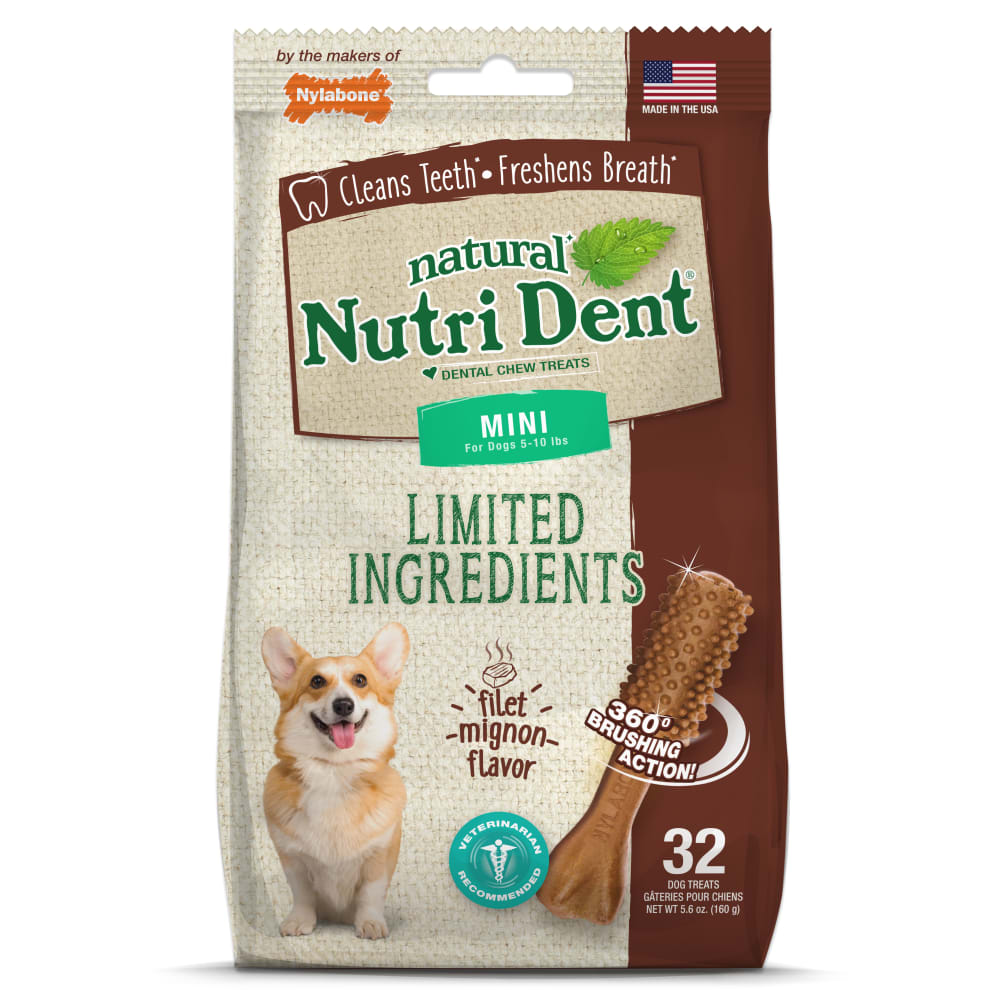Newfoundland Dog Breed
Country of Origin: Canada
Height: Males 28 inches average, females 26 inches average
Weight: Males 130 to 152 pounds, females 100 to 120 pounds
Coat: Double coat with moderately long, moderately straight, coarse, oily, water-resistant outercoat and soft, dense undercoat
Colors: Black, brown, gray, white with black markings
Registries (With Group): AKC (Working); UKC (Guardian)
Origin and History
Stories about the origin of the Newfoundland (nicknamed "Newfie") abound and are as salty as any seafaring legends around. Some say that his descendant is a nomadic Indian dog; others that it is a Viking "bear dog"; others that the Labrador Retriever is a close relative; and still others that it is the ancient Tibetan Mastiff whose blood flows through the Newfie. Records from the 1600s show that European fishing vessels were frequent visitors to the Maritimes. Because these travelers often arrived with dogs, their European breeds most likely crossed with native dogs to contribute to today's Newfoundland. These most likely included the Portuguese Water Dog and Great Pyrenees. Eventually, two distinct types developed: the so-called Lesser St. John's Dog (who developed into the Labrador Retriever) and the Greater St. John's Dog (who became the Newfoundland). Both were invaluable assistants to fishermen. The Newfoundland's duties included hauling in nets, carrying boat lines to shore, rescuing anyone who fell overboard, and doing whatever else was requested of him. His webbed feet and water-repellent coat enabled him to work in any kind of conditions.
Today, the Newfie's talents are ever-present, and he is active in water trials, competitive obedience, weight pulling, carting, and backpacking and as a watchdog and guard dog.
Personality Profile
The Newfoundland has long been considered the gentlest of giants—a big pillow upon which generations of people have rested their heads. More than that, he is a noble, honest, and hardworking dog whose purpose is service. He is devoted to his family and is excellent with children and other pets.
Care Requirements
Exercise
A growing Newfoundland should not be overly exerted because his bones and muscles could be strained. Once he's an adult, though, the Newfie should be exercised regularly. He particularly loves the water, and swimming is good for him.
Grooming
The Newfie's thick, water-repellent coat should be brushed often to keep it looking its best.
Life Span
The average life span of the Newfoundland is about 10 years.
Training
The Newfoundland is responsive and trusting, and reward-based training sessions work wonders on him. Because there are many activities in which he enjoys participating, get active with your Newfoundland.
Find a Nylabone chew, treat, or toy for your Newfie or extra-large dog by using our Custom Product Finder!
FOLLOW US!






